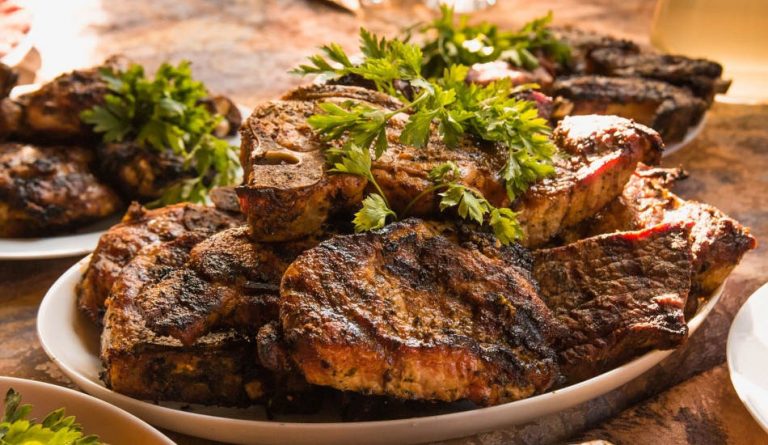Obesity is becoming a global problem. Have you ever heard of eating like a caveman to lose weight? What does it mean? Add more greens to your diet or grill meat over an open fire or just eat with your bare hands? Not exactly.
To understand what this means, we must first look at our evolutionary development and physiology. Several million years ago, our ancestors’ diet was as simple as meat, berries, fruits, veggies, and roots — anything that could be hunted or gathered. You see, there was no knowledge of agriculture back then.
So our ancestors thrived on hunting and gathering. When there was game, they hunted. When they saw fruit, they picked it. They ate when food was available because they didn’t know for sure when (or if) the next meal would come. We were built to be hunter-gatherers, for our survival.
For our bodies to cope with this disordered diet, we evolved to store excess fat. Most of the cells in your body require glucose. This fuel is precious, and your body burns only the glucose it needs to convert into energy. The rest is stored in the liver or circulated in the bloodstream. If you have more glucose than you need, then it becomes fat. This fat is only broken down to energy once your body senses it’s hungry.
Paleo diet
So how did our ancestors stay fit? The key is what and when they ate. Food that can be gathered — like meat, fish, eggs, fruits, vegetables, berries, roots, shellfish, and others — comprised most of their diet. By following a Paleo diet, your body breaks down more fat. That is because you deliberately starve the body of its glucose. Until dietary glucose becomes available, the body will continue to break down fat.

Intermittent fasting was also part of our ancestors’ diet plan. Because they ate only when food was available, the time for each meal was not planned. They could have a feast for one day and, depending on the presence of food in the area, decide not to have anything the following day.
Intermittent fasting replicates this disordered sense of meal intake. How often do you eat? Do you indulge in snacks after every other main meal? Maybe you should check on that. Set a period of 12 to 14 hours without eating. By doing so, you reset your body and run on fat as the main source of fuel.
In our current culture, it is not necessary to imitate our ancestors’ dietary plans. But the paleo diet can be followed if you want to lose weight, especially if you’re dealing with obesity.
The dangers of obesity
Obesity is a medical condition where a person possesses a high amount of fat in the body. This condition can lead to a series of fatal illnesses. Those who are suffering from obesity are at high risk of developing diabetes because of high blood glucose. They are also at risk of hypertension from high blood pressure, heart attacks as a result of coronary heart disease, gallstones, liver problems, and different types of cancer.
In the United States, the prevalence of obesity from 2017 to 2018 was 42.4 percent, according to the National Center For Health Statistics (NCHS).
There are a lot of factors that cause obesity. Dietary considerations range from eating unhealthy amounts of processed food to drinking alcohol. Lack of physical activity also contributes to the condition since you don’t use up the energy provided by the food you have eaten. As a result, it turns into fat. Genetics also play a role, but this is in no way an excuse to eat unhealthy food.

So if you’re thinking of shedding some weight, try the Paleo diet or some intermittent fasting. A diet plan combined with fasting and regular exercise can tone your body, enhance your metabolism, and increase muscles and bone density.
The writer of this story is not a medical professional, and the information that is in this story has been collected from reliable sources — every precaution has been taken to ensure its accuracy. The information provided is for general information purposes only, and should not be substituted for professional health care.








